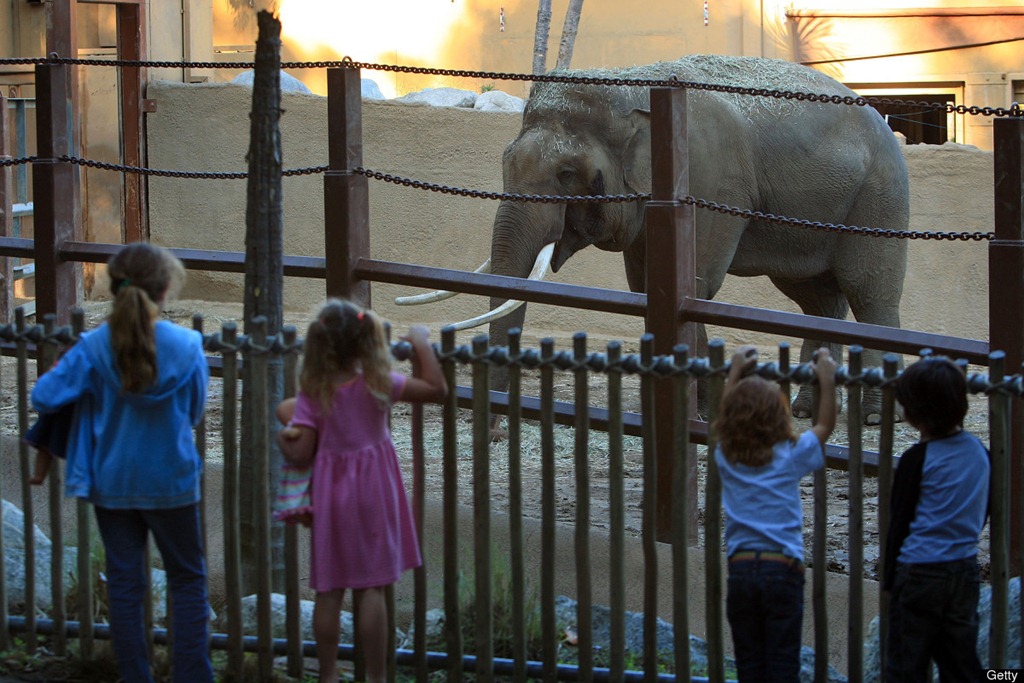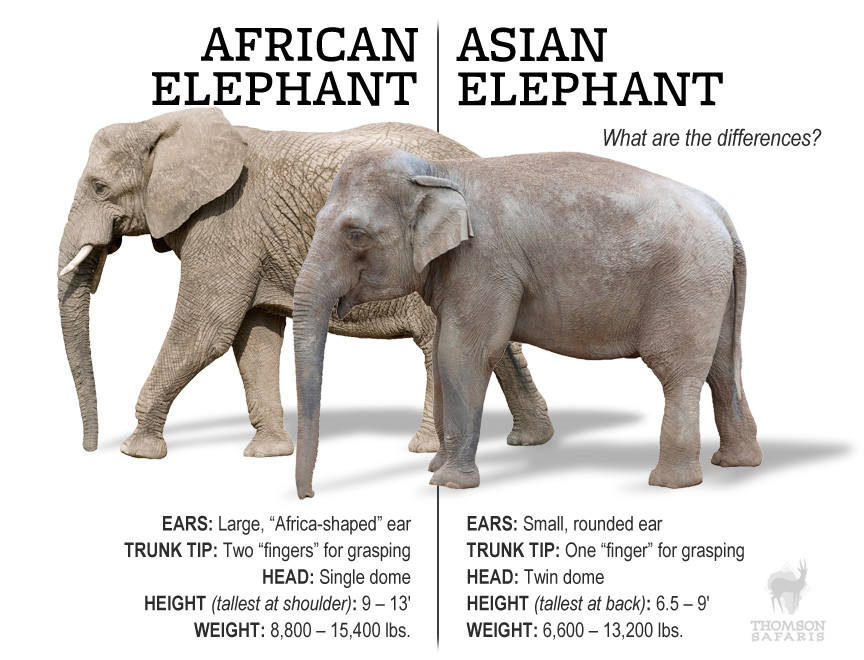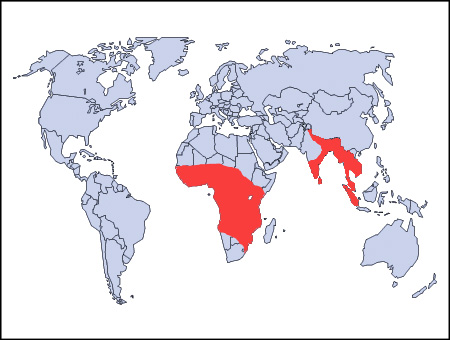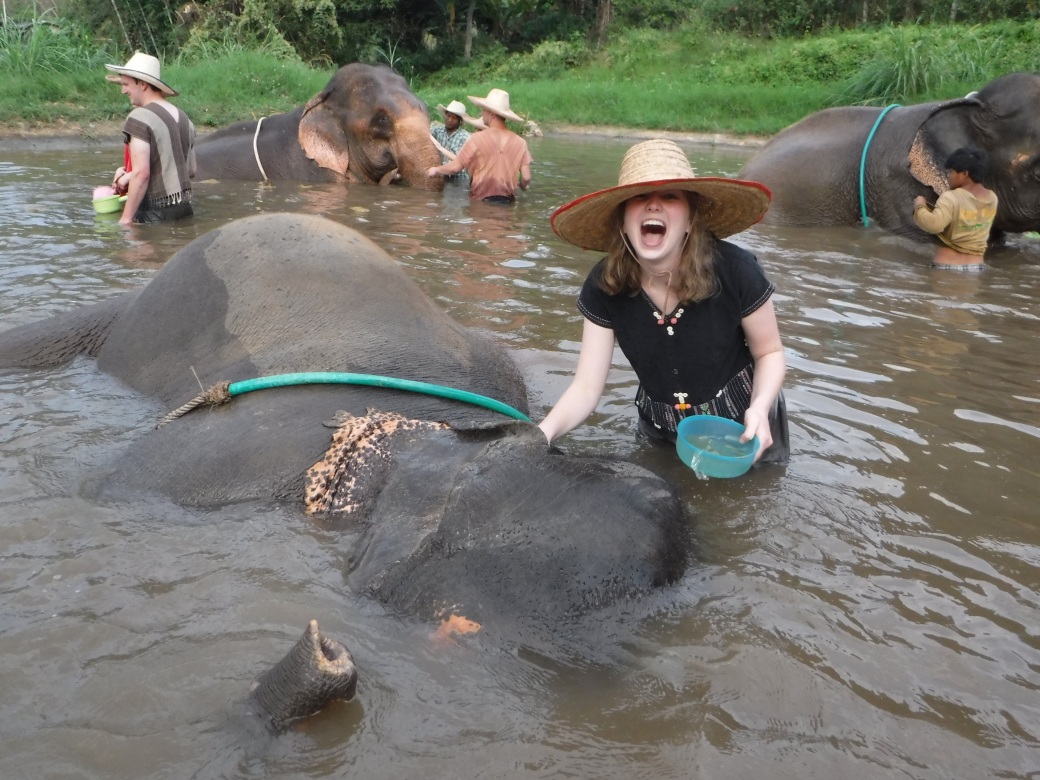Over the last few weeks I have talked in detail about elephants, from life in captivity to my own experience in Thailand. There is still so much more that I could discuss but I will end the discussion here for now.
I started off my blog talking about what life is like for elephants in the wild. The two main places elephants live are in Africa and in Asia. In both continents the number of elephants is diminishing at a frightening rate. Elephants like to live in herds with the biggest female leading the herd. Elephants are herbivores, eating mostly what they have access to.
The two types of elephants, Asian and African, have a few distinct characteristics that set them apart from one another. The easiest way to tell them apart is by size and in particular ear size. A larger population of African elephants has tusks, which makes them a bigger target for ivory poachers. Below is a picture of a huge number of tusks which demonstrates the sheer magnitude of this problem.
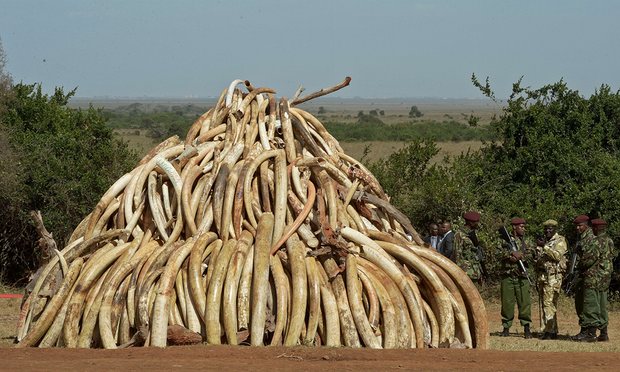
China has a huge market for ivory and elephants are paying the price. In more recent years China has made progress by making it more difficult for people to sell products made of ivory. However, there is still a large demand for ivory from tourists as well as the Chinese middle class. Merchants that sell ivory would actually like to see the elephant population extinct because for them that would mean demand would skyrocket along with prices.
For more on the topic of illegal ivory, I would recommend watching “The Ivory Game”. It is a documentary currently on Netflix showing the problem of elephant poaching as it is today and the urgency in which government officials need to respond to this problem. Below is a brief preview of “The Ivory Game”.
It wasn’t until recently that this issue was brought to my attention. Growing up in Seattle in the middle of an urban city, I did not think about elephants that live on the other side of the globe from me. My main interaction with these animals was in zoos or from what I saw on TV. When I decided to study abroad in Thailand, I became excited at the opportunity for me to experience these massive animals up close. After spending the day with elephants and riding one bareback, I became interested in protecting their future.
In conclusion, the main point I would like someone to take away from this blog is the importance of protecting the few elephants we have left in the world. The number of elephants is dwindling fast and will continue to do so unless we put an end to it soon.
Thank you for reading my blog! I hope you were able to learn something about elephants and will think twice while visiting elephants in the zoo or purchasing ivory products.



